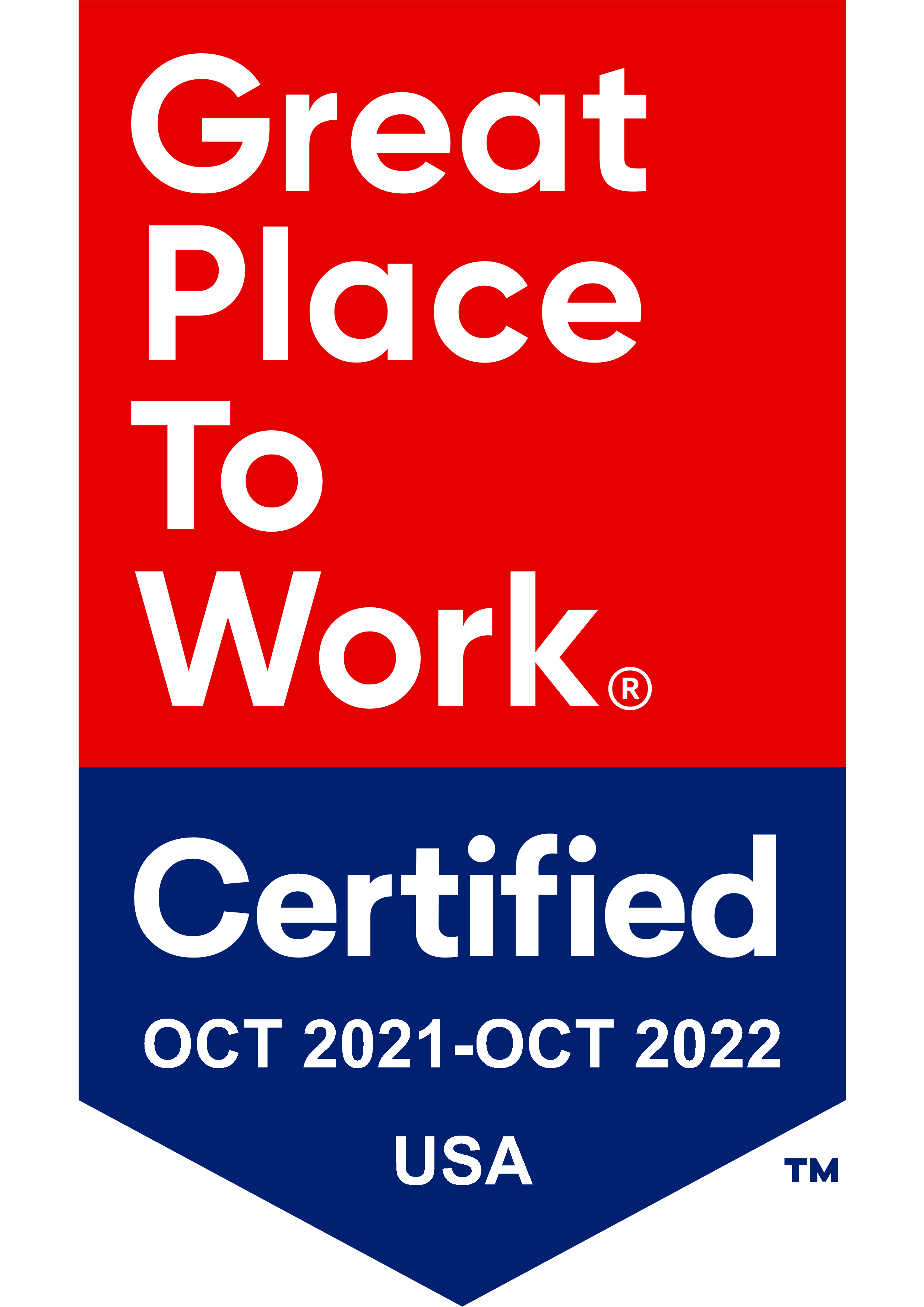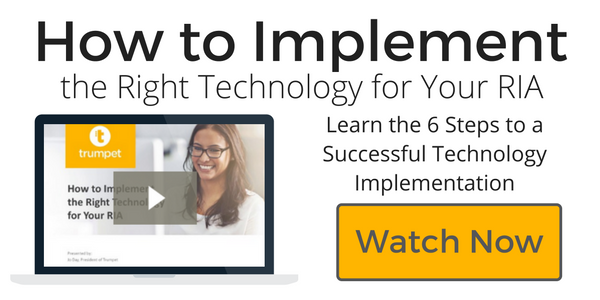 Last Friday, we shared the first 3 steps to successfully implementing your new technology project. Below are the last 3 steps. If you would like to see the full webinar this information came from, you can watch it here.
Last Friday, we shared the first 3 steps to successfully implementing your new technology project. Below are the last 3 steps. If you would like to see the full webinar this information came from, you can watch it here.
Step 4: Design
Should you design for a complex or simple scenario? Based on the above section about phasing, you might think, "Let's start simple and phase complexity into it." However, that logic is flawed because phasing is about areas or sections of the technology, not levels of complexity.
You wouldn't want to build all the walls of the house and put on a roof to have the structure, then add electricity later, and plumbing after that. You'd end up having to undo most of your work. It's better to build up, starting with foundation, adding the structure and everything within the walls (insulation, plumbing, etc.) and then add the walls and complete the roof.
For many projects, chosing a complex structure is ultimately better because it will cover all of your clients' needs. Jo explains how to consider this more in depth in the recorded webinar.
Once you've got the structure worked out, choose a client to use as a typical scenario and test it before scaling to the rest of your clients. Share this example with key stakeholders to ensure it fits within their needs.
Step 5: Firm-wide Training
We all know you can't just implement a new piece of software and throw your colleagues to wolves and let them figure it out. On the other end of the scale, however, you can't give them too much information from the get-go or they won't retain any of it.
From doing hundreds of document management installations for our clients, we've developed some basic training tips for user success:
- Keep the first session to 1 hour maximum. Anything more and it's too much to take in. If you can't fit it into an hour, scale back and simplify the training to just the basics.
- Provide a 1-page (maximum) checklist or quick-start guide. This is everything that you went over in the hour, condensed to one page.
- Figure out how to effectively train your whole firm. One way to do this is to have department trainings so that people with similar needs can be in a more individualized training session for them. Another is to split trainings by learning style. Some people prefer to have a big overview and be left to figure out the details on their own; others would like you to dive deep and understand the intricacies of the software upfront. We've seen firms that start with the whole team and do high-level, big picture training, then release anybody who has learned enough, and then go into the details with the rest of the team.
Even after training and that first week goes by, your team might not be feeling like "business as usual" in week 2. Take into consideration how much they'll forget over the weekend and schedule fewer client meetings and other work the second week so they have time to become more comfortable with the software and not get overly stressed.
A few weeks later, maybe in week 3 or 4 after implementation, provide a second training session where people have a chance to ask the questions that have come up through their use of the software.
Step 6: Measure success
In order to truly understand the success of the project, it's important to have a before and after picture. After the second training is complete and employees have had a good opportunity to get to know the technology, send out an email or survey that answers the following questions:
- How is the software/technology working so far?
- What would you still like help with?
These questions, or variations of them, will help you understand how well the implementation was done and how successful the training was.
Then, anywhere from 6 weeks to 6 months later, follow up with a second email/survey:
- Is this solution fulfilling your or your department's needs?
- How easy is it to use?
- What are the top benefits and challenges?
One way to get higher responses for these is to create a simple reward system for replying.
As any project manager knows, successfully implementing a large-scale technology project is not fast or easy, but there is a right way and wrong way to do it. By following these best practices, you will have a much higher success rate and satisfaction among your colleagues.
If you would like to learn more about each of these steps in detail, click below to watch the recorded webinar.





